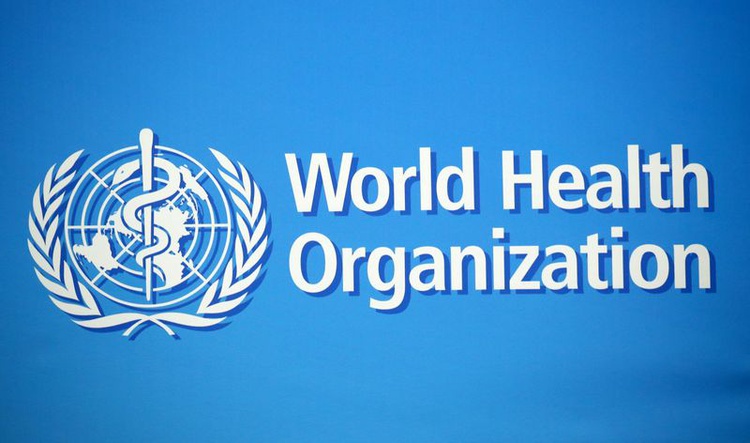By Asmau Ahmad
More than 80 million people in this region, which includes Djibouti, Ethiopia, Kenya, Somalia, South Sudan, Sudan and Uganda, lack access to food that meets their basic needs along with clean water.
More than 37 million of these people have reached a crossroads in their lives where they have had to sell their possessions to feed themselves and their families.
In this desperate situation, the risk of morbidity and mortality due to outbreak-prone diseases goes hand in hand with forced displacement.
This is set in a context of limited access to primary and essential health care interventions throughout the region.
Every day, the most vulnerable populations, including children, pregnant and lactating women, and displaced people, face increasing threats of becoming infected with communicable diseases.
Outbreaks in the region Drought has exacerbated disease outbreaks in the Horn of Africa, a region constantly facing other emergencies, including the current COVID-19 pandemic.
Djibouti, Ethiopia, Somalia, South Sudan, Sudan, and Uganda are experiencing measles outbreaks, while Kenya, Somalia, and South Sudan are seeing cholera outbreaks.
The countries also have high rates of severe acute malnutrition among children under 5 years of age, all of which increase the risk of morbidity and mortality among displaced and vulnerable populations.
Unless a coordinated response effort is put in place, health risks will continue to increase and spread within and outside the region.
Developing plans for stronger collaboration to continue deterring these serious health consequences of drought in a coordinated manner in the Greater Horn of Africa, the World Health Organization (WHO) convened a meeting on June 26-27, 2022 in Nairobi, Kenya, for senior specialists and officers of the organization.
These experts included Dr. Ibrahima Socé Fall, WHO Assistant Director-General for Emergency Response, WHO Representatives from the 7 countries in the region, and other technical experts.
Participants set out to brainstorm ways to mount a stronger and more coherent health response.
They considered joint actions to improve primary health care interventions, including in the provision of essential health services, nutritional support and immunization, communication and resource mobilization, and regional, interagency, and partner coordination.
They also discussed the alignment of response plans and health information and intelligence products and systems.
After finalizing the Contingency Fund for Emergencies, an emergency fund administered by WHO, the country teams also agreed on a series of steps to take to advance the recommended action.
Coordination of information management in the Region As next steps, the information management teams of the 7 countries and the representatives of the WHO Regional Office for Africa, the Regional Office for the Eastern Mediterranean and the headquarters convened a meeting in Kenya on July 25-27, 2022.
The team aimed to understand and document the information and data landscape across the region.
They also discussed ways to improve coordination using 4 pathways of health information management (products, processes, people and tools) and the need for monitoring and evaluation, including indicators related to nutrition, which is closely related to health and nutrition.
Following an analysis of all the different siled and donor-driven individual disease management systems and information collection tools in the 7 countries, participants agreed on the need to integrate health information management assets into countries into a single cohesive integrated system.
In conclusion, the team agreed to create a joint situation report every month, combining an epidemiological bulletin, known as an EPI watch, and a visually appealing infographic on the drought situation.
They also agreed to create an overview dashboard showing drought response activities for each of the 7 countries.
It will present information on activities against malaria, cholera, community health worker interventions, outreach interventions and stabilization centers for severe acute malnutrition in drought-affected areas.
Regional and national appeals for support to scale up the response to the situation in the Greater Horn of Africa, on August 2, 2022, WHO launched an appeal for US$123.7 million.
The response will focus on five pillars: coordination and collaboration; surveillance and information; outbreak prevention and control; essential nutrition actions; and essential health services.




